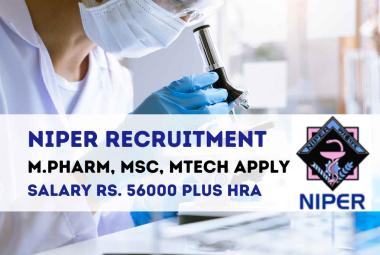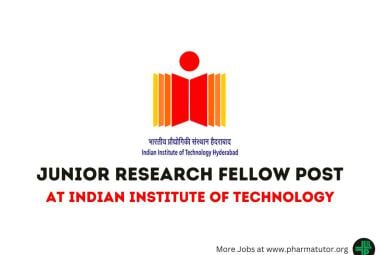Janssen Research & Development, LLC (Janssen) presented new longer-term data from the open-label extension of the VOYAGE1 trial demonstrating consistent rates of skin clearance with TREMFYA™ treatment through week 100 among patients with moderate to severe plaque psoriasis receiving the subcutaneously administered anti-interleukin (IL)-23 monoclonal antibody. The longer-term findings from the Phase 3 VOYAGE 1 study presented at the 26th European Academy of Dermatology and Venereology (EADV) Congress showed more than 80 percent of patients receiving TREMFYA™, including those initially treated with placebo or the anti-tumor necrosis factor (TNF)-alpha agent Humira® (adalimumab) achieved at least a 90 percent improvement in the Psoriasis Area Severity Index (PASI 90), or near complete skin clearance, and an Investigator’s Global Assessment (IGA) score of clearedor minimal disease at week 100. The findings, presented during an EADV late-breaker session, follow the recent European Medicines Agency’s Committee for Medicinal Products for Human Use (CHMP) recommendation for approval of TREMFYA™, and the United States Food and Drug Administration (FDA) approval of TREMFYA™ in July.
“These data show the rates of skin clearance with guselkumab were consistent at weeks 52 and 100 with every eight-week maintenance therapy. These important new findings contribute to the scientific evidence for targeting IL-23 in the treatment of moderate to severe plaque psoriasis,” said Professor Chris Griffiths, Foundation Professor of Dermatology at the University of Manchester, UK, VOYAGE 1 study steering committee member. “Also noteworthy is that skin clearance rates in patients transitioned to guselkumab from adalimumab improved and the rates were consistent at weeks 52 and100.”
Results from the open-label extension of the Phase 3 VOYAGE 1 study showed that at week 100, among patients initially randomized to TREMFYA™, 82.4 percent achieved an IGA score of 0/1 (cleared or minimal disease) and 82.1 percent achieved a PASI 90 score (near complete skin clearance). In addition, at week 100, 53.8 percent of patients achieved an IGA score of 0 and 49.0 percent of patients achieved a PASI 100 score. These measures represent skin completely cleared of plaques and were consistent with PASI 100 and IGA 0 results demonstrated at week 52. Among patients initially randomized to receive adalimumab and transitioned to TREMFYA™ at week 52, the proportion of patients achieving a PASI 90 score increased from 50.5 percent at week 52 to 81.1 percent at week 100, and the proportion of patients achieving an IGA 0/1 increased from 60.4 percent at week 52 to 84 percent at week 100. The proportion of patients who achieved PASI 100 and IGA 0 scores increased from 24 percent and 27.3 percent, respectively, at week 52 to 51.6 percent and 55.6 percent, respectively, at week 100. Results among patients initially randomized to placebo and crossed over to TREMFYA™ at weeks 16 and 20 demonstrated consistent levels of skin clearance at weeks 52 and 100.
Scores from the Psoriasis Symptoms and Signs Diary (PSSD), which evaluates patient-reported symptoms (i.e., itch, pain, stinging, burning and skin tightness) and signs (i.e., skin dryness, cracking, scaling, shedding or flaking, redness, and bleeding), were consistent over the two-year period with TREMFYA™ treatment. Patients initially randomized to receive adalimumab therapy in VOYAGE 1 and crossed over to TREMFYA™ demonstrated substantial improvement in PSSD scores from week 48 to week 100. The proportion of patients reporting PSSD symptom scores of 0 (0-10 scale where a higher score indicates more severe symptoms of psoriasis) improved from 23.1 at week 48 (during adalimumab treatment) to 41.8 percent at week 100 (during TREMFYA™ treatment).
The adverse events (AEs), serious AEs and infections per 100 patient-years of follow-up through week 100 among the placebo crossover to TREMFYA group and the initial TREMFYA group combined were 220.30, 6.5 and 87.77, respectively, which were consistent with those through week 48 (282.12, 5.84 and 110.97, respectively). No cases of active tuberculosis, opportunistic infections or serious hypersensitivity reactions were reported.
“We are committed to advancing innovative therapies for immune-mediated diseases, like psoriasis, as we seek to improve outcomes for patients,” said Newman Yeilding, M.D., Head of Immunology Development, Janssen Research & Development, LLC. “We look forward to continued collaborations with regulators as we work to bring TREMFYA™ to patients around the world who may benefit from this novel therapy.”
An additional eight abstracts presented during EADV reported on efficacy, safety and patient-reported outcome data from the TREMFYA™ Phase 3 moderate to severe plaque psoriasis clinical development program.










